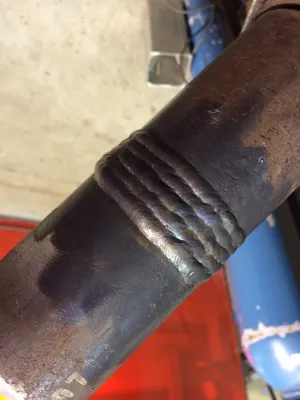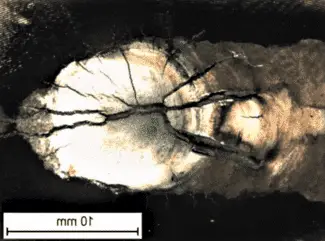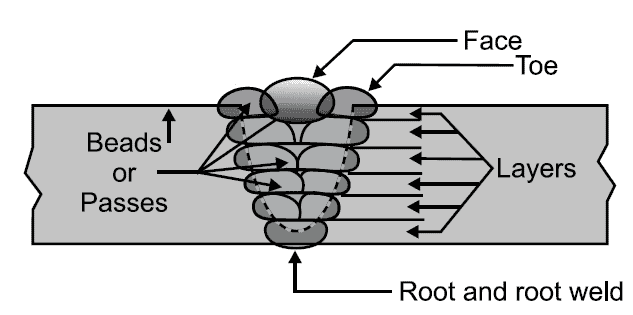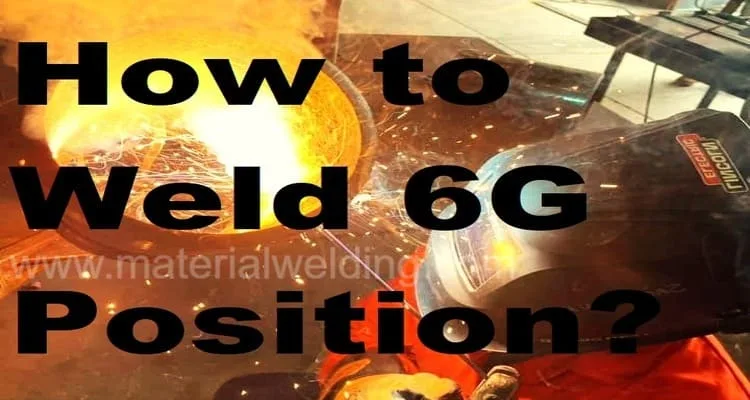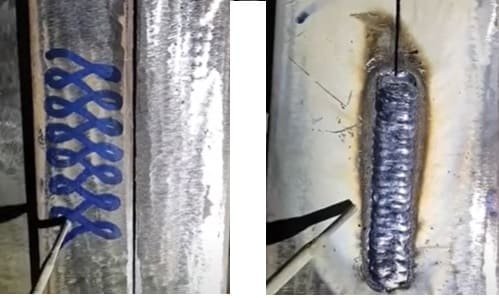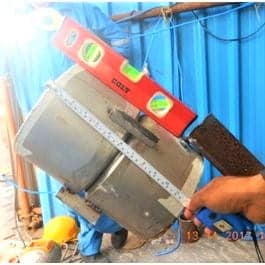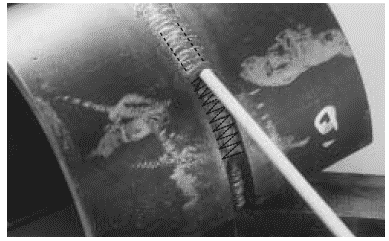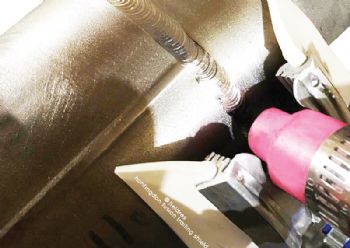When it comes to welding, there are three different types of passes that can be used in order to create a strong weld. These passes are known as the hot pass, the root run, and the capping pass. each one has its own purpose and should be used accordingly in order to achieve the best results.
This article explains about root run, hot pass & capping or cover pass, back welding pass, smoothing pass or wash pass and many more. So continue reading.
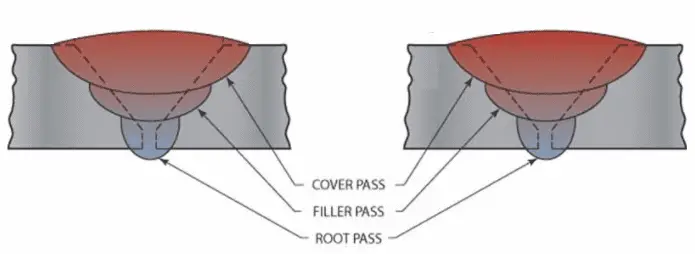
What is a hot pass in welding?
Hot pass welding is a nonstandard welding term that’s mean the welding pass deposited after the root run welding. So, hot pass is basically the 2nd pass in a welded joint.
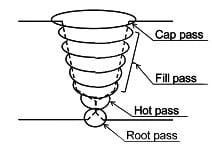
What is Root run welding or Root pass welding?
Root pass or root run in welding is the first welding bead that is deposited in a welding joint. So root run or root pass joins two parts together. The root of the weld is characterized by the harshest conditions of any pass in a weldment.
Special precautions need to be taken care for root-pass welding as after root-pass welding, the welding joint cools rapidly and can result in cracking due to shrinkage stresses. Preheating base metal before root run welding is beneficial in these situations.
Care must be taken to ensure high quality of a root run welding. Any welding defects in root run after weld completion that is detected during NDT need to cut out the complete weld to reach root weld and hence will requires lot of efforts.
What is a Fill Pass in Welding?
A fill pass in a welding joint refers to the intermediate weld passes after root run welding and before capping passes. Fill pass is a non-standard term to represent intermediate weld beads.
The fill pass is usually followed by a root run and hot pass. These passes are used to build up/ fill the weld joint. Fill pass is also called Filler pass.
What is a capping pass or Cover pass in Welding?
A Capping pass or cover pass in welding is refer to the weld beads placed at the top of the weld. A capping pass results in final weld appearance on the weld face side.
Cover pass can be a single pass weld or multipass weld results in a capping bead. Capping pass are the final pass on the welding side from which weld is deposited.
What is a Cosmetic Pass or Wash Pass or Smoothing pass?
A cosmetic pass or wash pass is a weld bead that is deposited on the surface of the metal to improve its appearance.
A smoothing pass is a weld bead that is deposited on the surface of the metal to improve its finish. All these 3 are different terms but same meaning with objective to improve aesthetic of the welding joint.
What is a Backing Weld Pass in Welding?
A backing weld pass is a pass welded on the back side of weld to provide backing for the main welding. Backing weld pass results in Backing weld.
What is the difference between Root Pass, hot pass, Filler pass and Capping passes?
There are four main types of passes used in welding: the root pass, hot pass, filler pass, and capping pass. Each type of pass has a different purpose and is executed at a different stage in the welding process.
The root pass is the first pass made during welding and its purpose is to establish a sound weld bead at the base of the weld joint and join the two base metal together. The root pass is usually made with a smaller diameter electrode than subsequent passes to limit heat input and avoid burn-through.
The hot pass is the second pass made during welding and its purpose is to add filler metal to the weld joint. The hot pass is usually made with an electrode that has a larger diameter than the root pass electrode. The main objective of the hot pass to provide a thick backing for fill passes.
The filler pass is the third and pre-final pass made during welding before the capping pass and its purpose is to add additional filler metal to the weld joint. So, fill passes objective is to fill the welding joint with weld metal.
What is the purpose of a hot pass in welding?
A hot pass is the first pass made in a multi-pass welding operation. The purpose of a hot pass is to provide a strong, backing weld that can support the heat of the subsequent filler weld passes.
A hot pass is usually made with a filler metal that has a higher diameter than the electrode used for root run welding.
What is a Single Pass Weld?
A single pass weld is a welding technique in which the welder completes the entire welding job in one pass. This means that the welder does not have to deposit more than one welding bead in a weld joint.
Single pass welds are often used for jobs that require a high degree of accuracy, such as in shipbuilding.
Single pass welds are used for sheet metal thickness welding, fillet weld in thin members and for tacking.
What is a Multipass Weld?
A multipass weld is a welding technique in which multiple passes are used to fill a joint. This technique is often used when welding thicker materials, as it allows for a more even distribution of heat and helps to prevent warping if welded with a pre-planned welding sequence.
When using an arc welder, the first pass is known as the root pass. This pass is responsible for creating the initial bead, which will provide support for subsequent passes.
The root pass is typically made with a small electrode that has a diameter of 2.4 mm or less.
The next two passes are known as the hot pass and the cap pass. The hot pass is responsible for adding filler material to the joint, while the cap pass helps to smooth out any irregularities and reinforces the overall weld bead.
Conclusion
In welding, the hot pass, root pass and capping pass are the three most important passes. The hot pass is the first pass made on a weld joint. It is used to melt the metal at the edges of the joint and to help form a bead.
The root pass is used to fill in the space between the two pieces of metal being joined. The capping pass is used to cover the weld joint.
